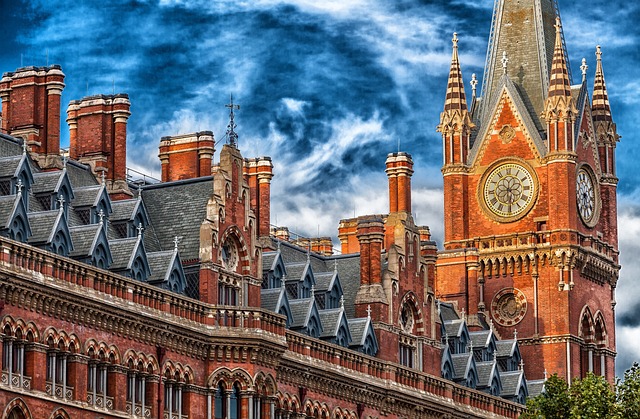**Introduction**
St. George’s Day, celebrated on April 23rd, holds a special place in the hearts of the English people and others around the world. This day is dedicated to St. George, the patron saint of England, renowned for his legendary courage and chivalry. In this article, we delve into the origins, evolution, and modern celebrations of St. George’s Day, tracing its rich history from mythological roots to contemporary customs.
**1. Origins of St. George**
The figure of St. George traces its origins to ancient mythology, with legends dating back to the third century AD. While the exact details of his life remain shrouded in myth, St. George is widely believed to have been a Roman soldier of Greek origin who lived during the reign of Emperor Diocletian. According to popular legend, he bravely defied the emperor’s orders to persecute Christians and suffered martyrdom for his faith.
**2. Early Celebrations**
The earliest known celebrations of St. George’s Day can be traced back to medieval times, when he was venerated as a heroic figure and protector of the realm. In England, St. George’s Day was observed with great solemnity, often marked by religious ceremonies, processions, and feasts. Knights and nobles would pay homage to St. George, invoking his name for protection and guidance in times of war and strife.
**3. St. George in England**
St. George’s association with England dates back to the Crusades, when his legend became intertwined with the ideals of chivalry and knighthood. English soldiers fighting in the Holy Land adopted St. George as their patron saint, viewing him as a symbol of courage and valor. Over time, St. George came to be regarded as the embodiment of English virtues, representing the nation’s resilience and fortitude in the face of adversity.
**4. Decline and Revival**
Despite its popularity in medieval times, St. George’s Day gradually declined in significance during the Reformation and subsequent centuries. The rise of Protestantism led to the suppression of saints’ feast days, including St. George’s Day, as part of efforts to reform the Catholic Church. However, in the 19th and 20th centuries, there was a renewed interest in reviving St. George’s Day as a symbol of English identity and patriotism.
**5. Modern Celebrations**
Today, St. George’s Day is celebrated with a mixture of tradition and modernity, reflecting England’s diverse cultural heritage. While not a public holiday, St. George’s Day is marked by various festivities and observances across the country. One of the most iconic traditions is the flying of the St. George’s Cross flag, symbolizing pride in English heritage. Parades, pageants, and reenactments also take place in cities and towns throughout England, showcasing the nation’s rich history and traditions.
**6. Controversies and Criticisms**
Despite its long history, St. George’s Day has not been without controversy. Some critics argue that the celebration promotes nationalism and exclusionary attitudes, particularly in light of St. George’s association with England’s colonial past. Others lament the commercialization of St. George’s Day, which they feel detracts from its religious and cultural significance. However, proponents of the holiday emphasize its role in fostering a sense of community and pride among English people, regardless of their background.
**7. St. George’s Day Around the World**
While St. George’s Day is most closely associated with England, it is also celebrated in other parts of the world with ties to the saint. In Catalonia, Spain, for example, St. George’s Day is known as “La Diada de Sant Jordi” and is celebrated as a day of love and literature, akin to Valentine’s Day. In Bulgaria, St. George’s Day is marked with traditional rituals and customs, including the blessing of livestock and the making of St. George’s Day bread.
**Conclusion**
In conclusion, St. George’s Day stands as a testament to the enduring legacy of a legendary figure whose courage and virtue have inspired generations of people around the world. From its mythical origins to its modern-day celebrations, St. George’s Day continues to hold a special place in the hearts of those who honor the ideals of bravery, chivalry, and national pride.
—
This article provides a comprehensive overview of the history and significance of St. George’s Day, offering readers insights into its origins, evolution, and contemporary relevance.
